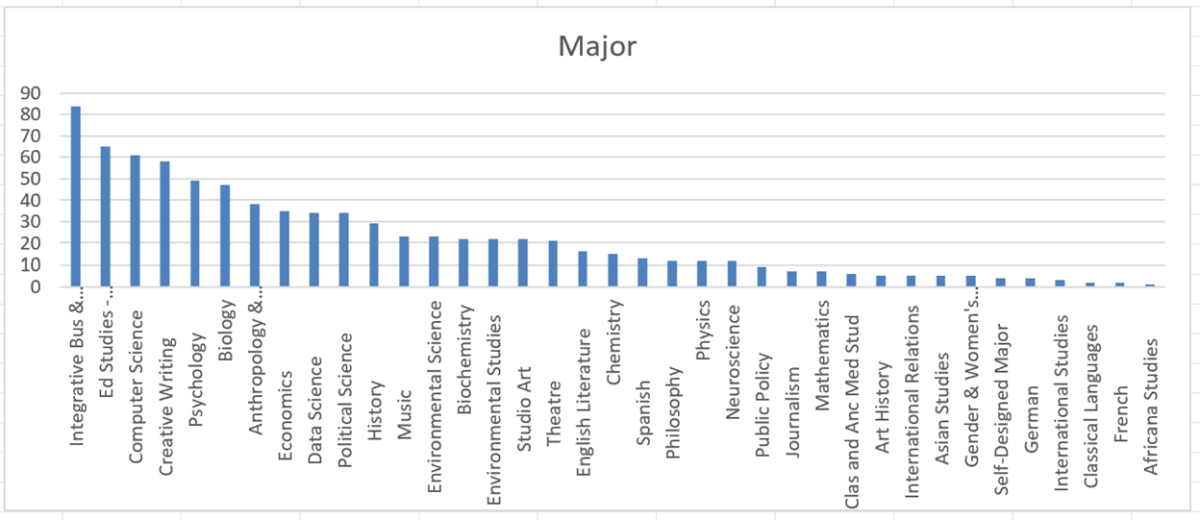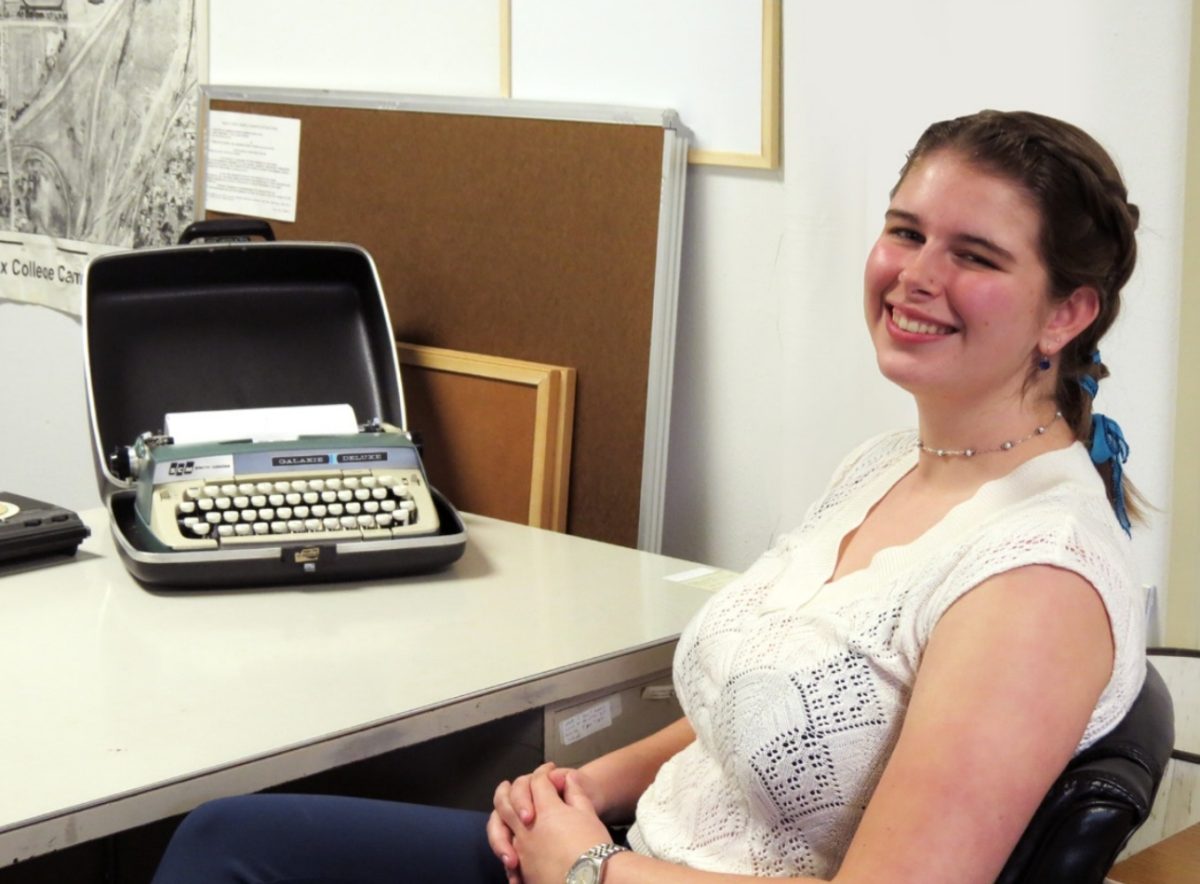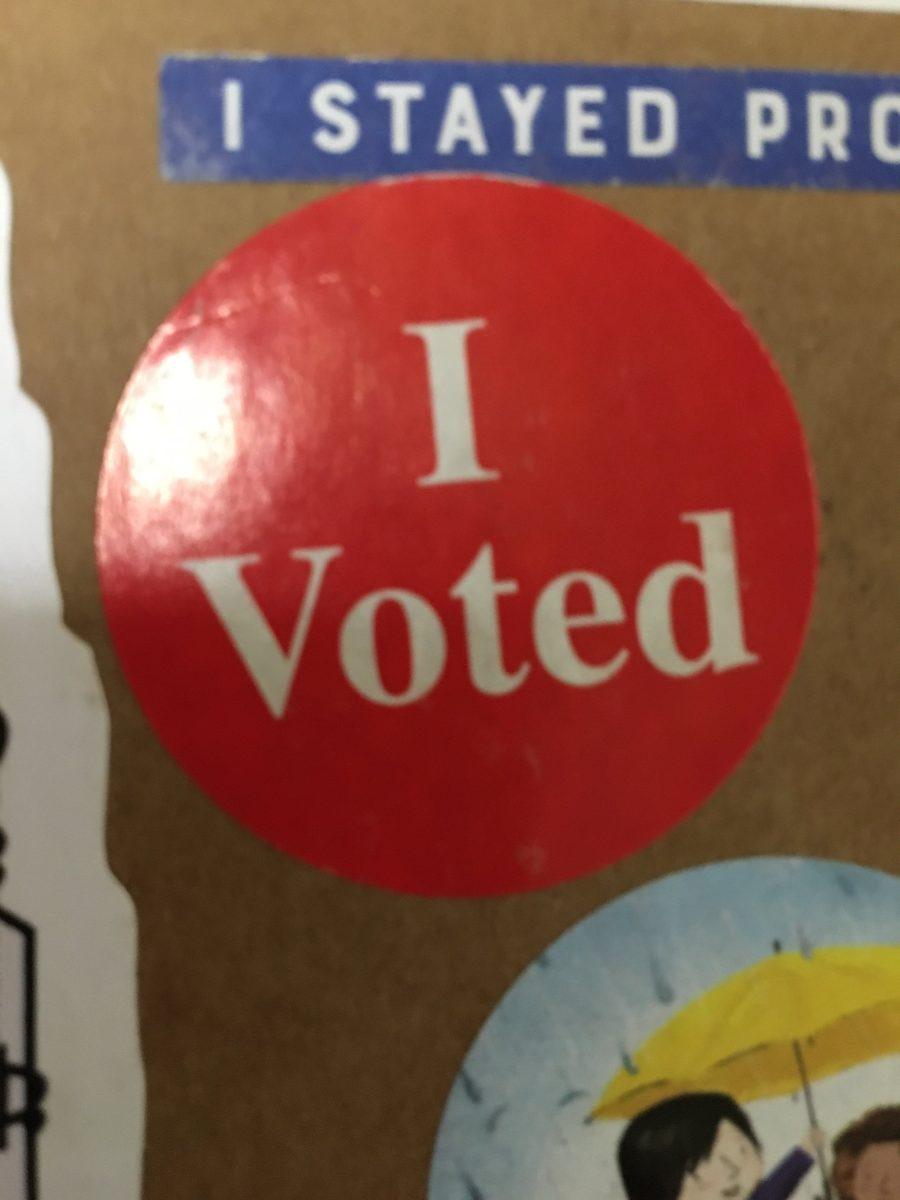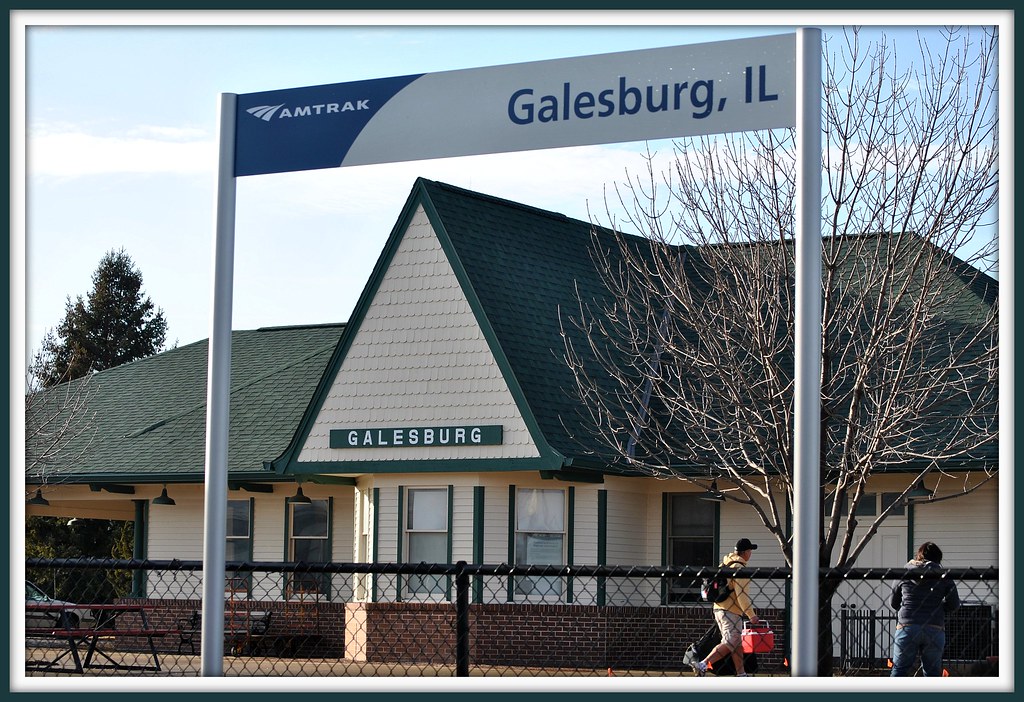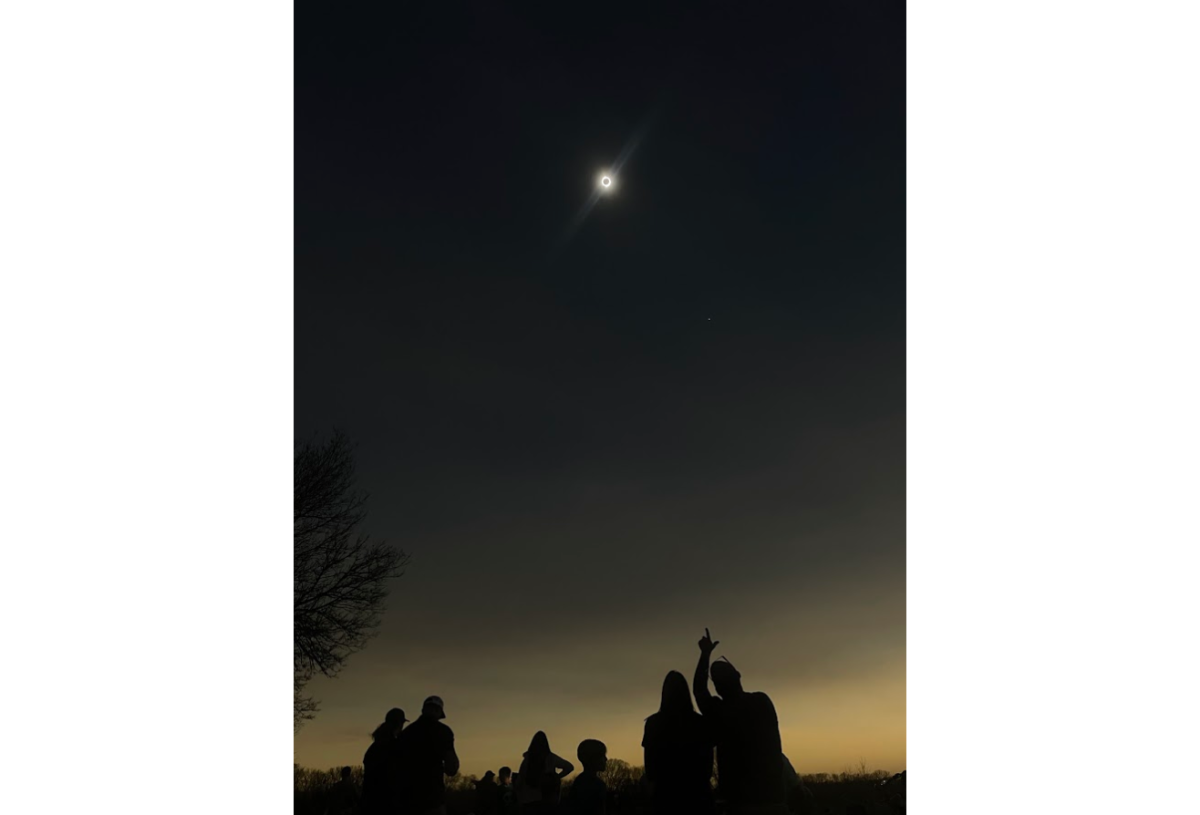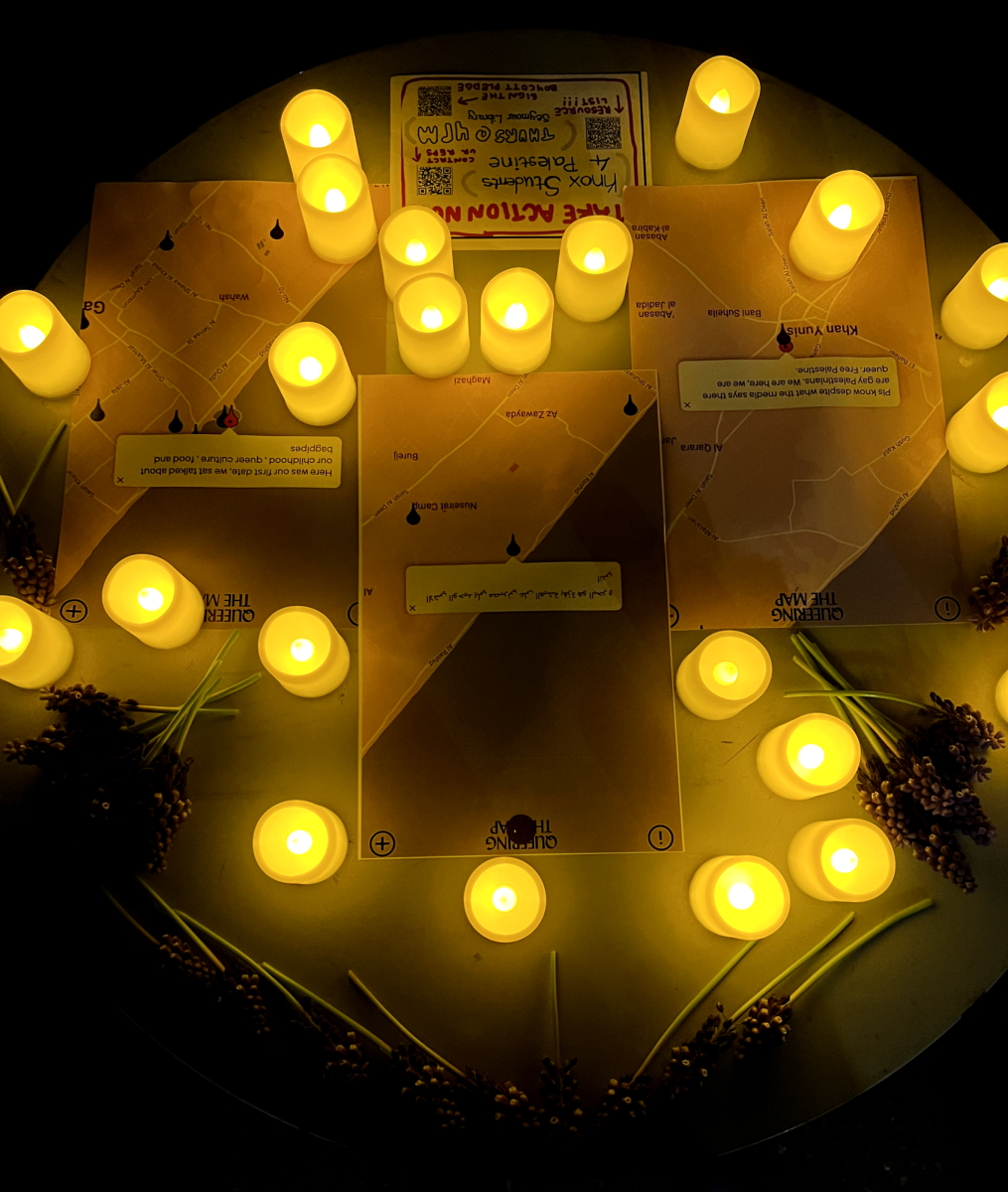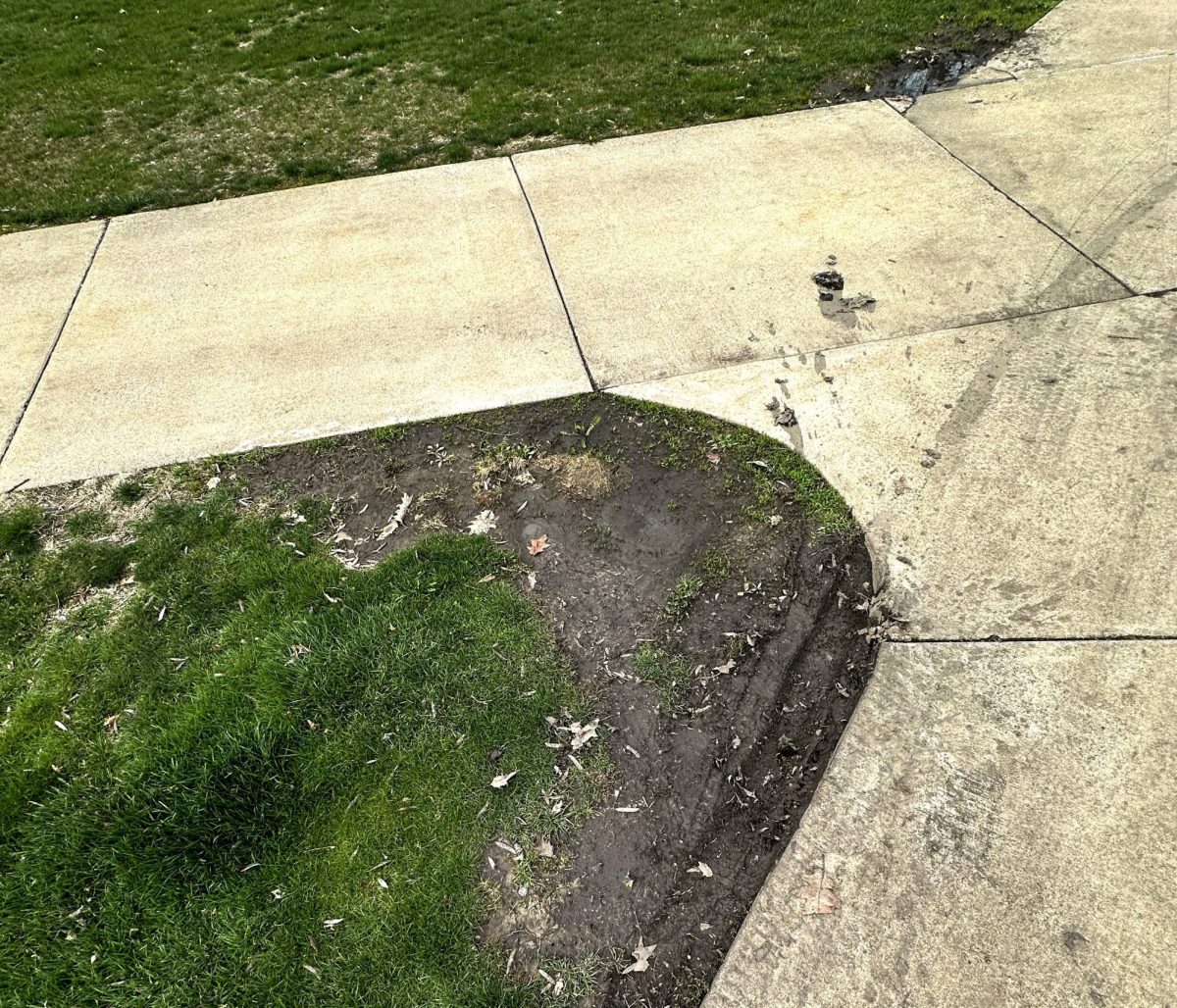The midterms are fast approaching – and the question on many people’s minds is: will the polls be wrong again?
But when it comes to polls, what does being ‘wrong’ mean? And why is it important?
To begin answering these questions, we need to understand how polls work.
Pollsters reach out – often via phone – to people all over the country. While it is random, it takes into consideration race, gender, likely voterhood, and other important identities that may affect voting. If they do not reach enough of a certain group, they will weigh that group more, assuming there are more voters like them in the country – this leads to better and more accurate results.
So, what is our current problem?
In the 2016 and 2020 elections, as well as midterm elections around the same time, polls have been continuously undercounting republicans. The 2016 presidential election is one of the most obvious examples. Hillary Clinton was expected to win, but she did not. It happened again in 2020, and though Biden did win, it was by a much narrower margin than predicted.
This causes confusion and problems. People follow polls very seriously and expect them to be reliable. Campaigns choose what they focus on based off of polls. When the polls are off, campaigners end up spending money and energy on states or areas they had no hope of winning, and not enough time or money on places where they could have rallied more support.
Political scientists, journalists, and pollsters have several ideas about what could be causing this bias.
Cause 1: Low Polling Responses
According to the Pew Research Center, average polling response is only six percent. This means that only six percent of people polled actually answer the poll. In 2017 it was nine percent, and higher in years previously. Caller ID plays a role in this, as many people do not answer unknown numbers. Poll calls are also often long and tedious, so people do not want to answer them.
But as Courtney Kennedy and Hannah Hartig point out in their analysis of this data, past response rates have been an unreliable metric of a poll’s accuracy, so this may not be the problem.
Cause 2: “The Shy Trump Voter”
“The Shy Trump Voter” was a common theory in 2016 and 2020, but has been largely debunked now. The theory is that some Trump voters are embarrassed about their political preferences, so they lie to pollsters about their voting intentions.
This theory simply does not hold with the results. While polling for the whole country was on average wrong – the polls in many specific states were highly accurate, especially those that conservative voters might want to hide their views, like California. The undercounting largely only occurred in the Midwest states, and it is far less likely that only Trump republicans in the Midwest would lie about their voting habits.
Cause 3: Education Margins
A large part of the problem was the undercounting of non-college educated people. College educated people are more likely to respond to surveys, and more likely to vote. In the past, non-college educated white voters and college educated voters didn’t vote dramatically differently, so it did not make much of an impact.
That changed when former president Donald Trump entered the picture. White college educated voters now tend to lean liberal, while white non-college educated voters lean conservative. When non-college educated people are polled less often, this leads to an undercounting of republican support.
Cause 4: The Audience Doesn’t Care
People don’t care how close the margins were, just if the poll was ‘right’. There is also the issue that people often expect polls to be spot on, even when elections are close. If an election that was predicted to be 49-51, went 51-49, this is likely within the poll’s margin of error. But from the public’s perspective, the poll was just wrong.
“The problem is even if the polls end up being significantly closer to the final results when it’s counted, most people remember how they felt the morning after,” director of polling at Monmouth University Patrick Murray said.
Cause 5: Not Trusting Institutions
The last problem, and possibly the most significant – but also the hardest to quantify– is that a large portion of Trump republicans are distrustful of institutions and the media. Therefore, they are simply not responding to surveys. This is not a problem that can be solved by a different weighting formula when the pollsters calculate the results.
It is possible, many pollsters and reporters say, that a whole portion of the electorate is missing because they do not trust the media. This portion cannot be predicted by race, gender, or other categories, making it harder to account for.
Pollsters have some ideas on how to mitigate these problems.
One of these ideas is new research methods; people are more likely to respond to internet surveys instead of calls. It has also been suggested that pollsters add screening questions at the beginning and straight up ask people if they trust the media. If you reach people who do not, weigh those responses more, because there will be more of them that were not reached. And, of course, keep interviews less than 15 minutes so people are more willing to spend time from their day on them.
Most pollsters and journalists agree that what really needs to change is the narrative around polling. Media needs to emphasize the uncertainty in polls and remind the people that polls are not absolute. They have margins of error, and often important elections will fall within those.
So, here is your local media source reminding you: polls are not absolute, they have margins of error, and sometimes, important elections will fall within those.




